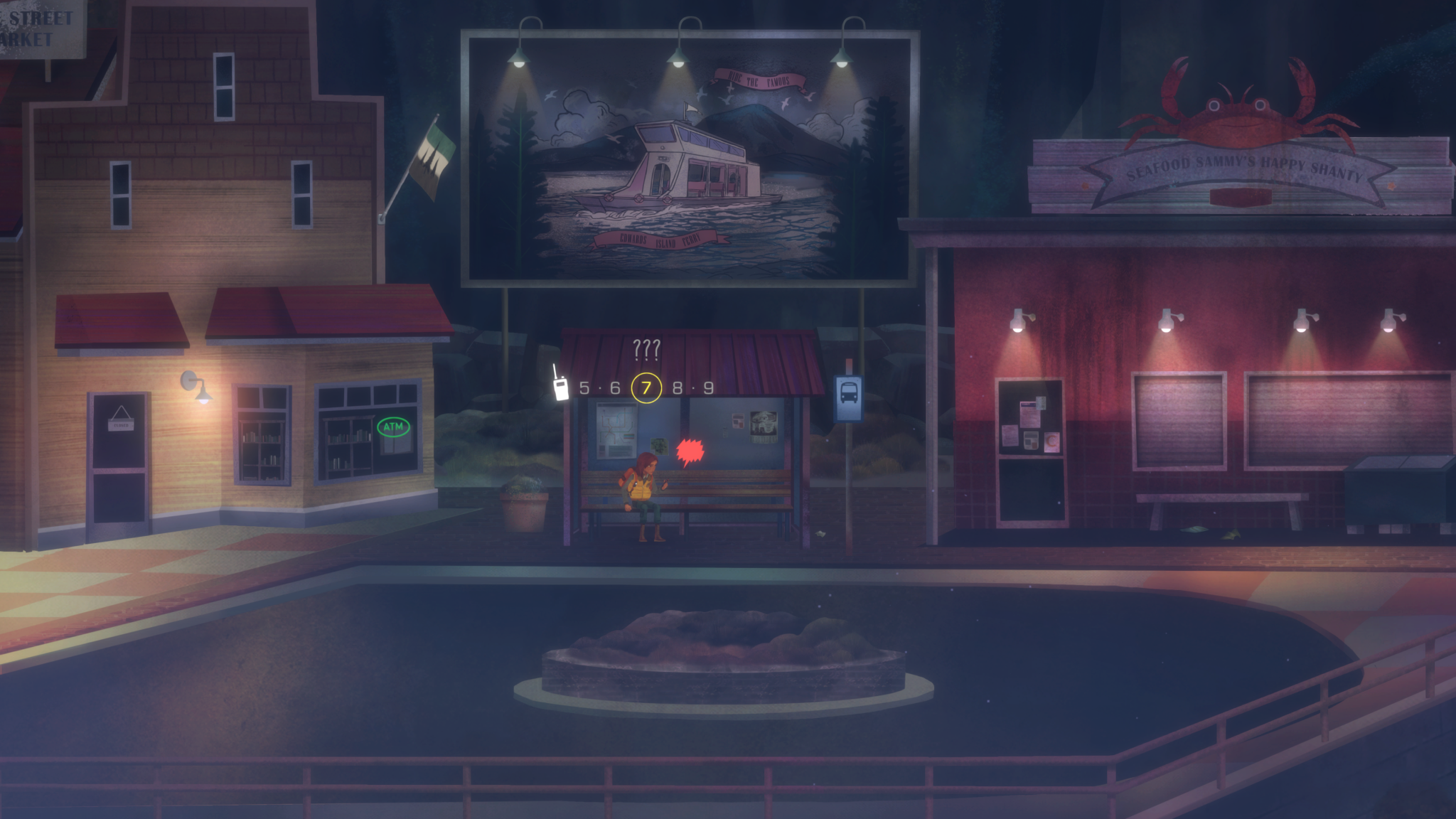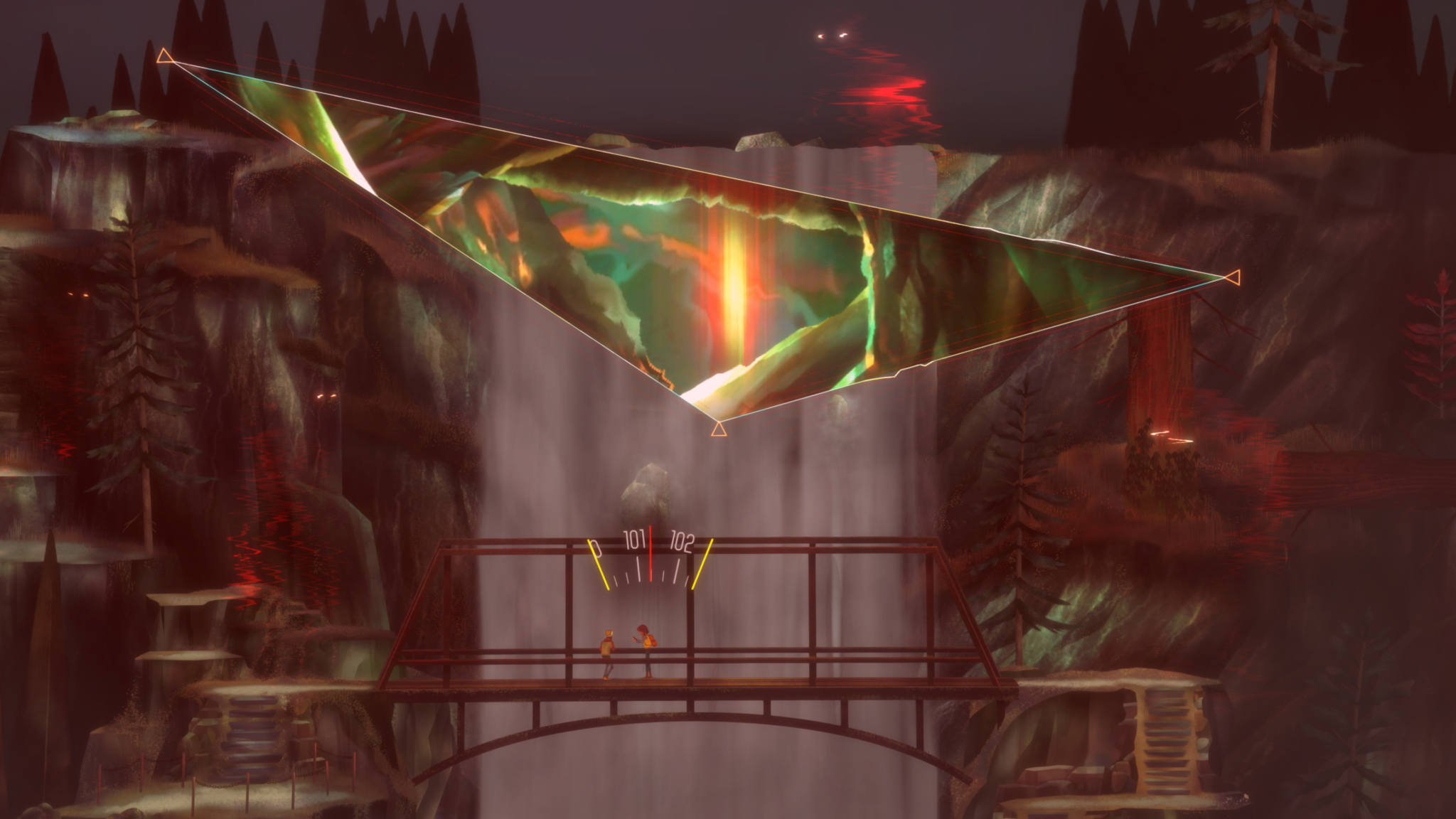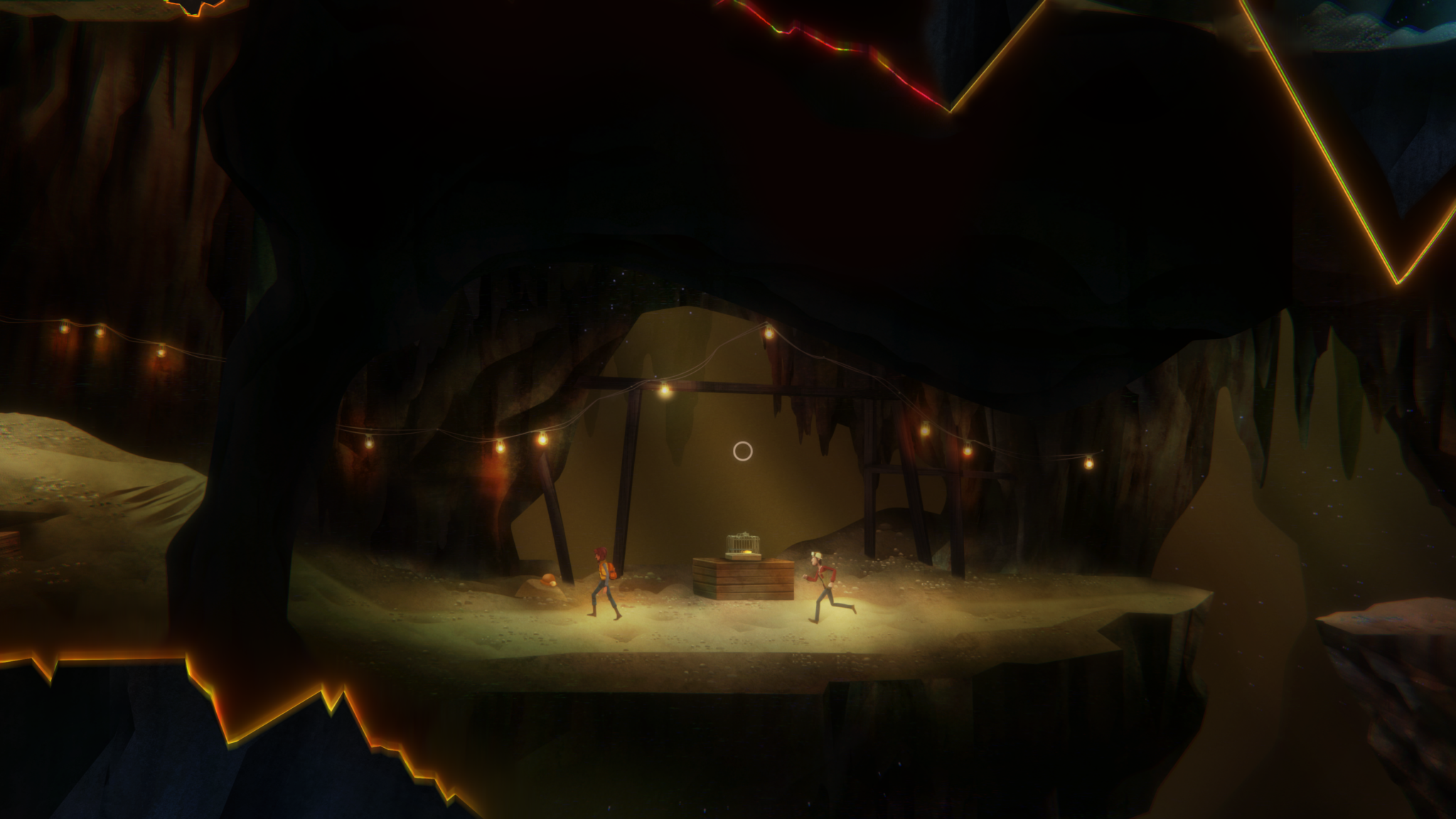
OXENFREE II review – A more than worthy successor
When Night School Studio announced OXENFREE II: Lost Signals back in 2021, I wasn’t really sure what the point of a sequel to its small town ghost story would be. The original OXENFREE has multiple endings, and if played thoroughly, felt like a pretty complete story. But I’m happy to say that I was wrong. OXENFREE II: Lost Signals — which will release for PlayStation 4/5, Nintendo Switch, and PC via Steam — is such a successful sequel that it made me feel more positively toward the original than I did after first playing it.
Set five years after the first OXENFREE, Lost Signals casts the player as Riley, a late twenties-to-early-thirty-something who has returned to her coastal Oregon hometown of Camena after several years away. Fans of the original game will recognize Camena as the town you take the ferry from to get to Edwards Island when you play as Alex. Riley has taken a job here helping a research group plant transmitters to gather data about strange waves that have been distrupting the environment lately all around the trails around the small town.

Upon arriving back in Camena, Riley talks with a fellow researcher named Evelyn over the walkie talkie who tries to guide her towards picking up the equipment she needs for this job. However, things start to get weird when the two find themselves looping through time. These anomalies continue when Riley meets up with her field partner, a guy she went to high school with named Jacob. Luckily, Jake is more than a little interested in this kind of phenomena, having even chatted with the old lady from the first game frequently while growing up. He even has some of her old journals stashed away. His knowledge combined with Riley’s athleticism and outdoorsmanship allow the two to investigate the weirdness happening around them. Their investigation soon leads them to a trio of teenagers that are up to something with the giant triangular portal that has opened over Edwards Island. Riley and Jacob are left to try and close it to preserve the fabric of reality, but there’s more going on than what first meets the eye.
The gameplay in OXENFREE II is fairly similar to the original. You navigate Riley around Camena and the surrounding area by walking the trails and following your map. Certain areas are only accessible once you’ve gotten ahold of specific equipment, so you may have to do some exploring to figure out where you’re supposed to be. Lost Signals is a bit more open than its predecessor, asking you to simply plant three transmitters up somewhere that’s high enough. The order in which you visit the areas that work is up to you, though you may hit roadblocks if you haven’t found the right tools yet.
Each area eventually has a puzzle you need to solve by tuning your radio to the correct frequency. This is a holdover from the first game, and is fine, if a bit boring at times. You also encounter strange little machines that require you to use your joysticks to manipulate waves to form polygonal shapes that match up with a template. These puzzles are somewhat annoying as the dials don’t feel very precise, which can prolong your time trying to solve them, even if you know what you’re trying to do.

That said, the radio does provide one of the game’s best mechanics, which is the cast of characters you only meet over audio calls on the walkie-talkie. Some, like Evelyn, show up as a core part of the main story, while others only show up if you happen to listen to the right station on the radio, or talk to them when you’re in a certain area. Most of these characters have side quests attached to them, though they vary. While one may ask you to take pictures of something that shows up in the presence of EMF meters, another may just want someone to call and check in on them while they make a dangerous journey. These interactions add more depth to the in-game world and help support its more open design. Helping folks out or not is up to you, you can engage as much or as little as you’d like, but talking with the other characters really does add another layer to the experience of this wild night, and the varying quest options potentially offer a decent amount of replayability.
Overall, OXENFREE II: Lost Signals’ writing is its greatest strength. The first game is all about diving into how personal relationships from the past and the present impact people’s lives, while this one is more about accepting responsibility as an adult, and what it really means to grow up. Night School has clearly built on the strong foundation it created with the first game’s interpersonal relationships, allowing Lost Signals’ story to widen a bit in scope while still maintaining that close and personal feeling. Even when characters are behaving badly or showing a worse version of themselves, OXENFREE II makes room for them to be relatable and have a bit of grace in a way that doesn’t feel cheesy or pandering.

While it felt like there were fewer purposefully tense/creepy scenes in this game than in the original, the scares in Lost Signals feel more impactful. There are really well-done jump scares that catch you off guard at just the right moment, alongside the creeping existential dread that comes from facing your own mortality and the reality of ghosts that are trying to come back from the dead. This sequel has found a great balance between the two, while also managing to be genuinely funny and emotionally earnest at times.
I can’t imagine that fans of the original OXENFREE will be anything but excited over this second installment, but if you, like me, weren’t quite as charmed by it, this sequel may bring you around. It clearly demonstrates the growth Night School has made as a studio over these past few years, and while it may not be a mechanical or technical marvel, its storytelling and characters are compelling enough to stand on their own.
Score: 4/5
A copy of OXENFREE II: Lost Signals for PS5 was provided to Gayming Magazine by the publisher.





